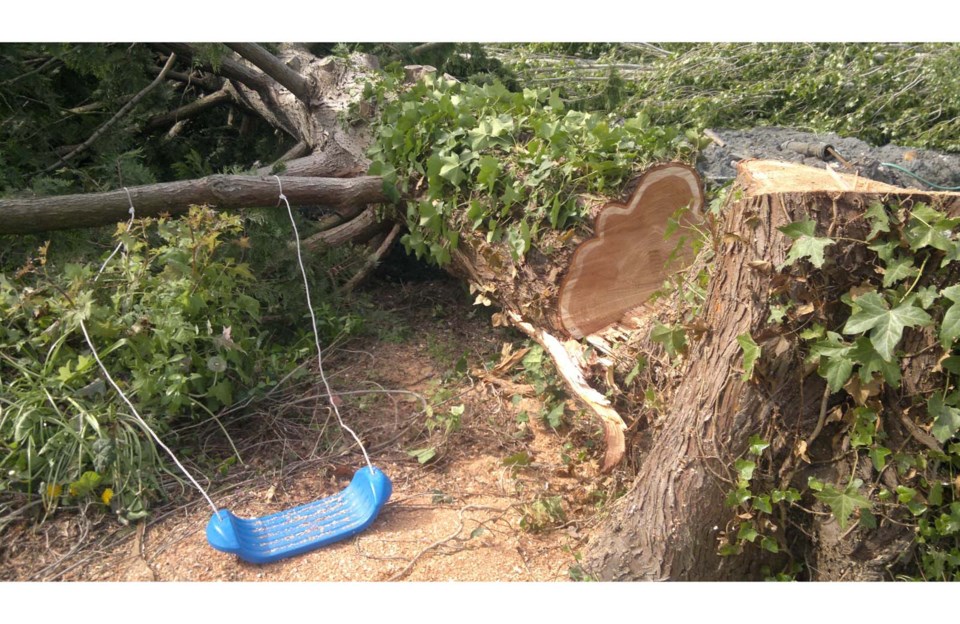Trust — it’s a delicate thing.
And while it often relies more on a sense than logic, trust (or the lack of) can be a big player in any kind of negotiation — from jet fuel pipelines to tree bylaws.
In Wednesday’s paper, we ran a story about city council calling for going back-to-square-one regarding the jet fuel pipeline. The mayor and others argued that, because the consortium (representatives of the airline industry) advocating for the pipeline did a last-minute amendment to the proposal (increasing the pipeline’s diameter) there should be a new environmental review.
Councillors (all but Alexa Loo) are concerned that the wider pipeline could significantly increase the amount of fuel that will be pumped through it, subsequently meaning more fuel stored at the tank farm on the Fraser River, which could mean more fuel-filled barges plying the river on their way to and from the tank farm. Councillors also speculated that the consortium may want to sell the excess fuel to other airports.
As Coun. Harold Steves admits, this is all “conjecture at this time as to what exactly they are doing because they’re not telling us.”
In other words, keeping people in the dark fuels (excuse the pun) suspicion. And even if the consortium did explain its plans, (see page 8), there are still legitimate concerns. Which brings me to Richmond’s tree bylaw.
Also in Wednesday’s paper, we had a letter about a majestic willow tree on Seafair Drive that the writer said appears to be threatened by a new development. This letter followed an earlier one, basically making the same point about the same tree.
The City of Richmond has since informed us that, in fact, no decision has been made regarding the tree; that it is city policy to inspect all trees in the surrounding area of a property that is slated to be redeveloped; that they have asked the developer to get a second opinion from an independent arborist regarding the health of the tree; and, finally, it will only be removed if it poses a safety risk to the community.
I don’t doubt this is the case, yet questions about the city’s commitment to tree preservation persist. We receive no end of letters and social media comments lamenting the destruction of trees in Richmond. Every one of those letters blame development and the city’s lax enforcement of its own tree bylaw. The problem is that the stated intentions of the bylaw don’t jive with what people experience.
Richmond’s tree canopy has diminished remarkably, even in the past five years. Until people start seeing something different, the letters will keep coming.
Similarly, until council sees a more legitimate process and environmental review of the pipeline plan, it’s quite right to be skeptical.



